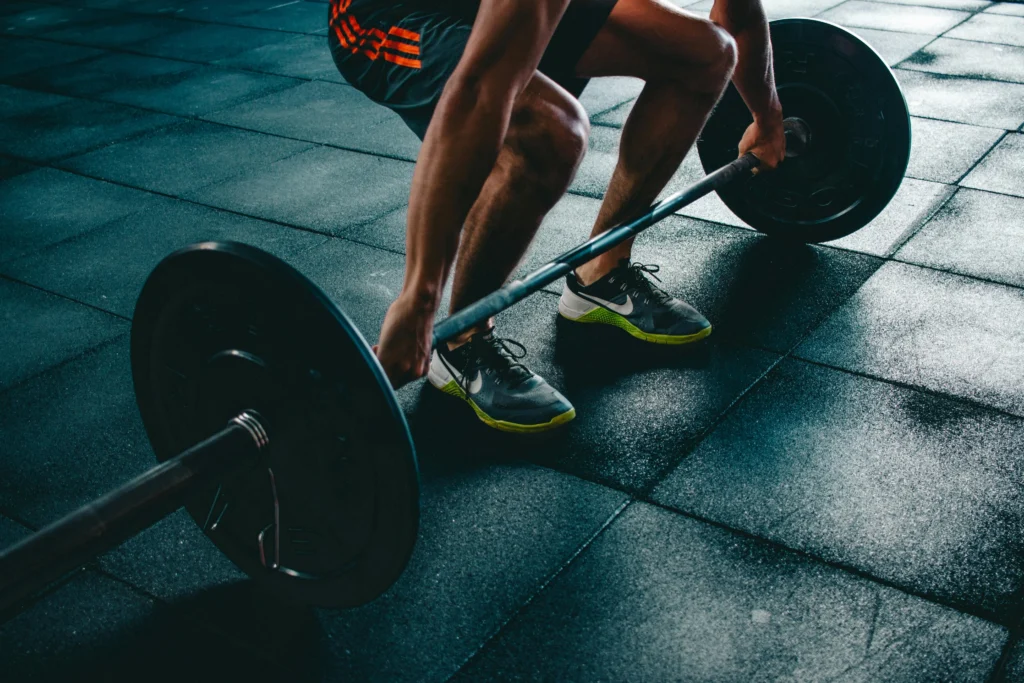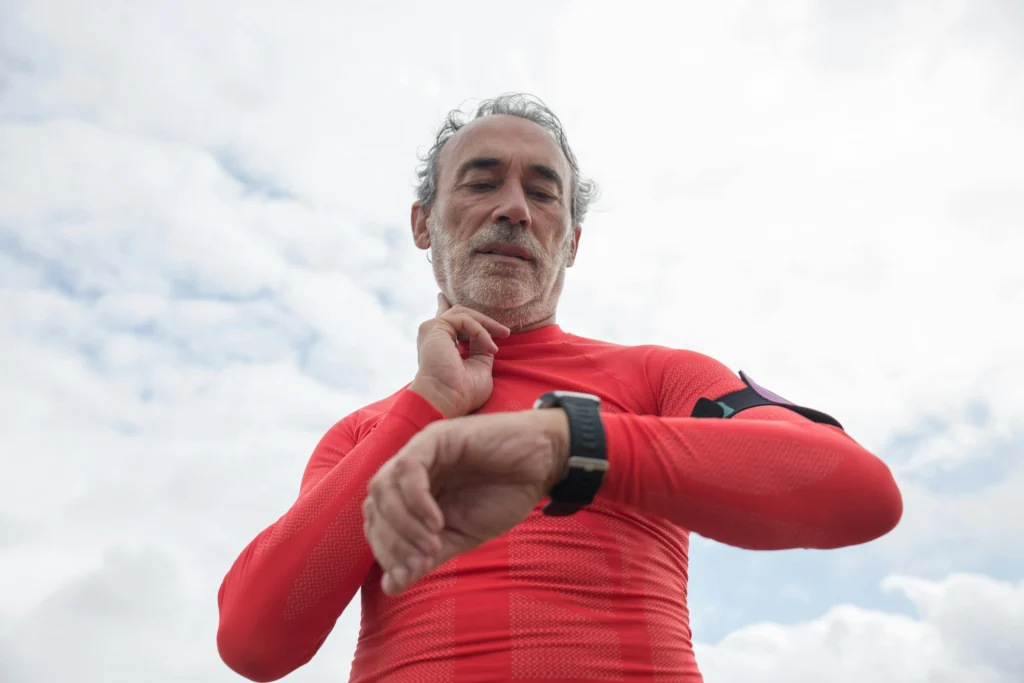This post offers some insight into proper recovery from workouts. There is an idea that more is better with exercise. That is not always the case. Without adequate recovery, you can push yourself too far and cause damage. Having done this more than once in our lives, we decided to dig into the topic, and these are the resources we will share that we found.
This is a post on a health-related topic. We are not medical or other trained health professionals. The information presented here is what learned about ourselves on our journey. Your journey is different and it is best to consult your doctor or other medical professional before making a change. Please see our disclaimer at Before Making Lifestyle Changes before making any changes to diet, activity, etc.
As with many health topics, this one proved to be subjective. We will divide recovery into three categories to provide a frame of reference.
- During workout recovery, this relates to the amount of time between sets. This is based on personal workout styles, physical health, age, etc.
- Immediate post-workout recovery, which includes things like post-workout eating and rest.
- Intra-workout rest is defined as the amount of time between workout periods required to allow us to heal the damage done.
We found the first two so specific to a person’s goals, health, sport, etc., that they should be dealt with on a case-by-case basis. While there are similarities across all recovery for all sports, they are such generalizations we didn’t find them helpful. Here is why there isn’t an easy button for those two items:
- Those two things are the uniqueness of the person and their goals.
- All sports and fitness goals have different training paradigms.
The Bodybuilder vs The Sprinter

To explain why we say that, let’s talk about two types of athletes: bodybuilders and sprinters. These two athletes’ goals will have similar but different approaches to training. Bodybuilders will use bulking/cutting cycles and heavy lifting to increase lean muscle mass. A sprinter is attempting to increase power and stamina in their legs while maintaining a lighter overall body. The during-workout and immediate post-recovery routines will be similar but not the same.
This is why we are not covering those two specific topics in detail. However, this write-up addresses many of those points.
The Wrong Answers
The biggest challenge we found in addressing this was the idea of the self-fulfilling prophecy of unavoidable degeneration at age. After 30, we know we start losing muscle as part of aging. Most people are advised on how to stem that loss rather than how to address growing muscles. That turns muscle loss into a reality when it doesn’t have to be. You can gain muscles as you age. That doesn’t mean you will be able to grow 22-inch biceps if you are just getting started at 50, but it is more of a numbers game that requires a separate post.
That doesn’t mean you can push your body like you are younger and growing. This is where the idea of increased recovery time comes in. As we age, we have injuries to contend with, sleep challenges, stressors, etc., that compound these recovery times. You can still improve your strength and mobility but must do so via proper recovery.
Building vs Remodeling
A good example of how we handle aging and recovery is similar to building vs. remodeling a house. If you are building a home from scratch, you lay out plans, start construction, and continue until finished. It is very straightforward. Let’s consider adding a new addition to an existing house that is still occupied.
You start with a plan, but as soon as you dig in, you may find sections of plumbing that need to be redone to come up to code. Certain sections of that house will be off-limits when construction occurs. You may find dry rot or even asbestos that requires special handling. That is the reality of not only remodeling but working out at a later age. You have to account for it because if you don’t, you can get injured. This is why recovery matters.
Recovery Times

We found that recovery time is directly related to the intensity of the workout. For most people, the rest period is 1-3 days, depending on many factors, including fitness level and age. For people over 50, it is common to see 2-3 days between training to prevent injury. This is due to everything from reduced healing capacity to diminished protein synthesis. All of that can lead to overtraining, no matter your age. Conversely, atrophy and muscle loss become a reality if you never push yourself.
Instead of offering opinions, we will point you to different options to explore. Recovery turns out to be a complicated personal thing. Many people have already written volumes on this. We wanted to put the context here to reduce the noise.
- One extreme is Bodybuilding’s take on recovery.
- The other extreme is Second Wind Movement’s Guide to Recovery
- Good RX’s write-up on recovery is somewhere between the two.
Wrapping Up
As with all things health, workout recovery times are personal. In this post, we have given reasons for this and some useful links to material on why. In our opinion, the biggest challenge we have as we age is misinformation. Another is not being realistic about overcoming age-based challenges while recognizing we need to do them in new ways, which can lead to overtraining. Somewhere between these two is the correct answer for you.
